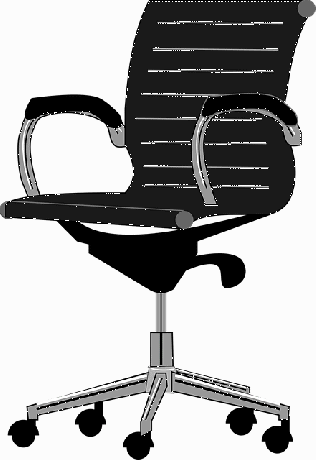The Capital Expenditure, or better known as Capex, whose translation means capital expenditure, is precisely that expenditure made by a company in capital goods and that will generate profits for it can be applied through the acquisition of new fixed assets or through the increase in the value of fixed assets that already exist.
In other words, the Capex works as the box that the company uses to keep its assets in the best conditions. production conditions to achieve a stable operation, which also allows to maintain the particular business of the company.
Advertisements
As a clear example of Capex, there is the purchase of new computers, new delivery trucks or new plants.

Advertisements
In this article you will find:
CAPEX types
The expenses or investment that the company can make in new goods can be classified in the following examples in terms of investment:
Advertisements
Growth:
- They are a type of expense by the company that is used to increase the current level of production or sales
Of maintenance:
- It is a type of investment that is used to replace or cover deterioration and wear and tear on equipment.
Capital Expenditure Indicators
To find a diagnosis and determine whether or not the company is in a positive or negative point, it is necessary to use capex, which must be enough to reach these conclusions, clearly always making a relationship in terms of the monetary amount at different times.
During the early stage of business, capex is generally high because an initial investment must be made to get the entire project off the ground. But the moment it is higher or is above the precipitation destined for fixed assets, it means that the business has been growing favorably.
Advertisements
Formula to Calculate Capex
As explained above, there is an extremely simple formula to calculate Capex. Mathematically, his calculation is as follows:
Capex = Net Property, Plant and Equipment (year t) - Net Property, Plant and Equipment (year t-1) + Amortization (year t)
Advertisements
In other words, to calculate the Capex the following steps are followed:
- The company's balance sheet in the current year is used and the Net Fixed Assets data is located.
- Net Assets are subtracted from Current Net Assets from the balance of the previous year.
- This year's amortization expense is added to the result obtained, which is found in the income statement.
Importance of CAPEX
Capex is an indicator with great importance in companies, since, through this type of investments, the life cycle that an organization is in is determined for a moment determined.
In accounting terms, the exact expenses to face all the investments made are capitalized if it is achieved increase the useful value of the asset, and it is the duty of the company to distribute this capitalized expense equitably throughout its useful life. If the case is that the expense was made solely to keep the asset in optimal condition, the expense cannot be capitalized and will become a deductible expense.
In the beginning of a company, it is common to notice that the Capex will always be high, since the acquisition of a series of capital goods to begin to develop the commercial activity of the business.
In cases where a company manages to develop faster than usual, the Capex will have levels higher than the depreciation of fixed assets, this denotes that the value of the goods grows with speed. On the other hand, if the Capex is equal to or less than the depreciation of the fixed asset, it is a clear evidence that the business or organization is decapitalizing and there will be a noticeable slope.
Differences between Capex and Opex
Although many people often confuse them because of the similarity in their names, the truth is that they are two different things. On the one hand, capex is developed in the expenses and investments that are associated with physical assets, that is, those that are acquired by the company. While, on the other hand, the opex is related to the cost of operations and services.
Capex advantages
The main advantages that can be appreciated from Capex include the following:
- The acquired capital goods are understood as investment.
- Increase cash flow from assets.
- They will generate a long-term return.
- You get greater predictability.
Disadvantages of Capex
The main disadvantages that can be seen of Capex include the following:
- The depreciation of the acquired goods will be noted.
- It will be difficult to approve expenses.
- There will be high costs in the short term.
CAPEX problems
Although Capex offers a series of extraordinary advantages, it also presents different negative variables, such as those presented below. This method does not take into account the transitory capitalization or decapitalization periods of a company. On the other hand, it should be taken into account that there are different industries in which some will have more access to capital. higher than others, such as oil companies or telecommunications, so they will have a higher level of Capex.
Unlike those industries, such as service companies, which are not as extensive in capital, and which will present a lower level of Capex, but it does not mean that they are not
This means that, although Capex is a very useful indicator, it should be used with caution, it is suggested to analyze it in conjunction with other indicators, since it can make you believe that the company is in a growth process when it is really at another moment in the life cycle of is.
«Some ideas subtracted from ECONOMIPEDIA »


